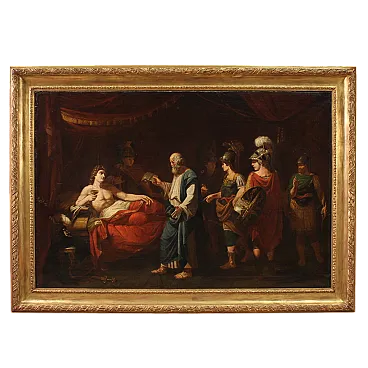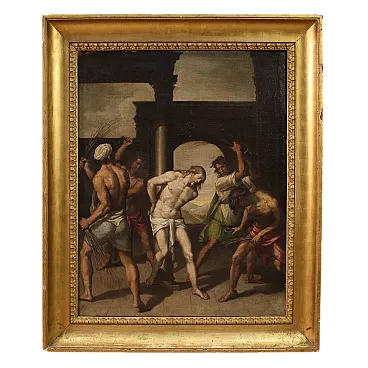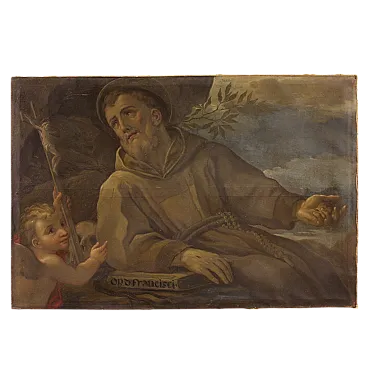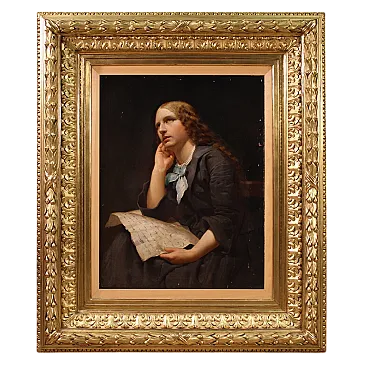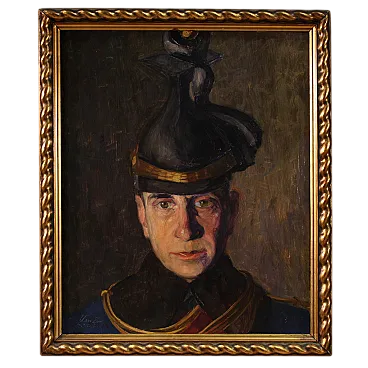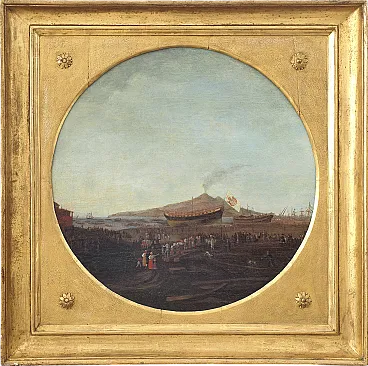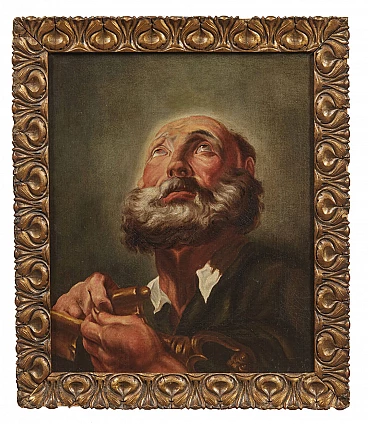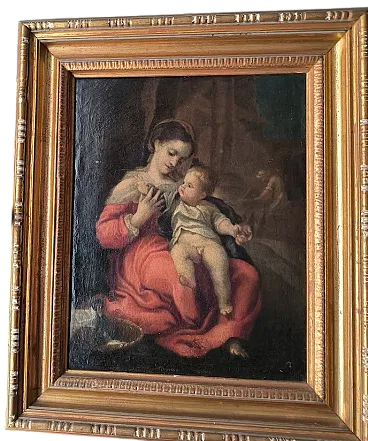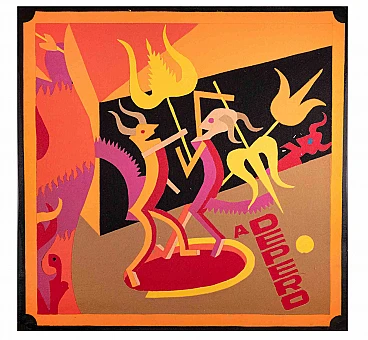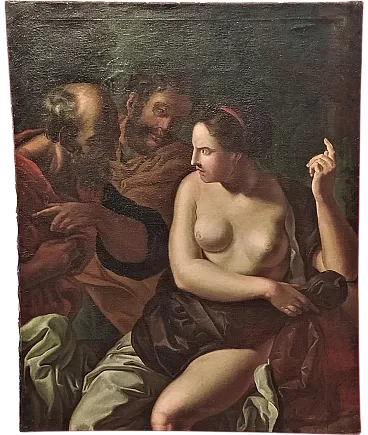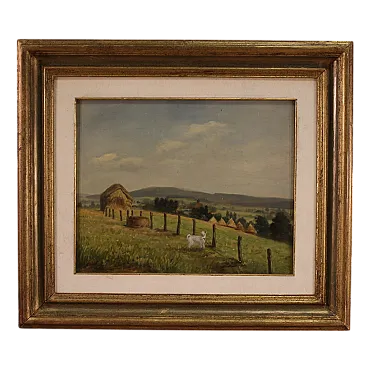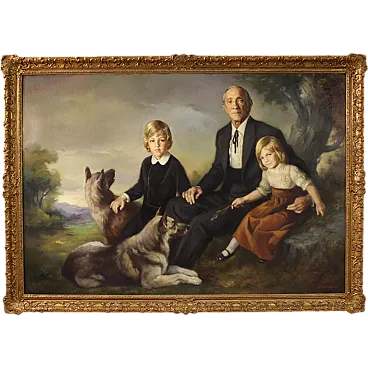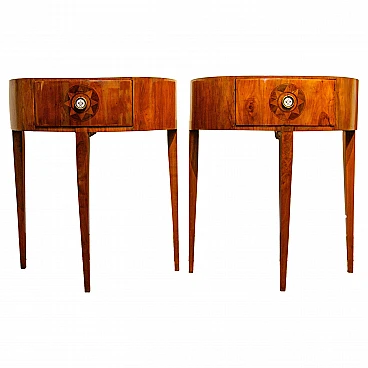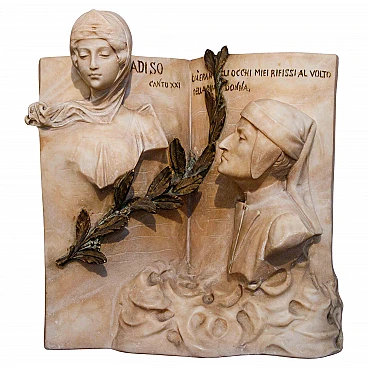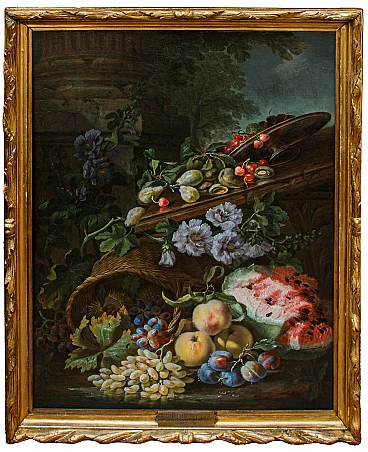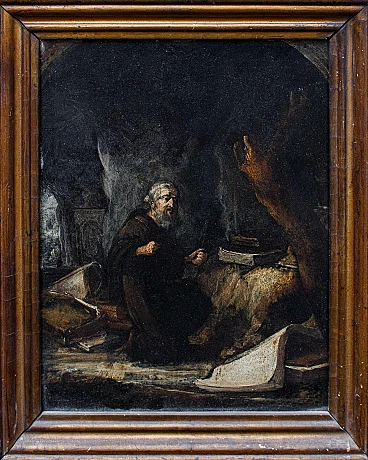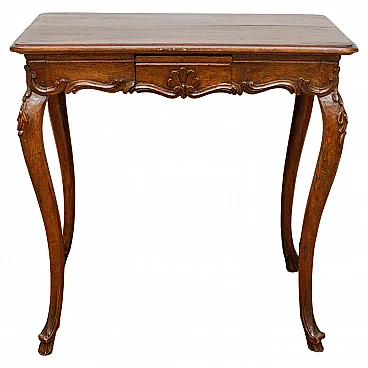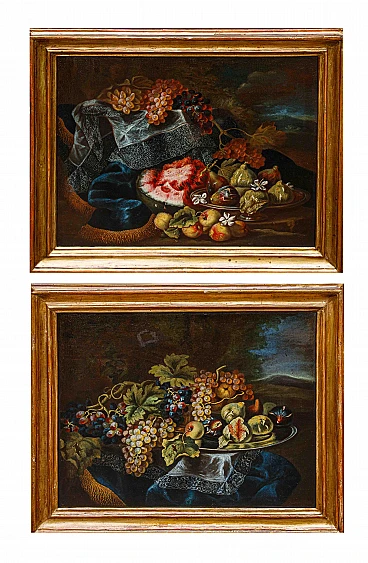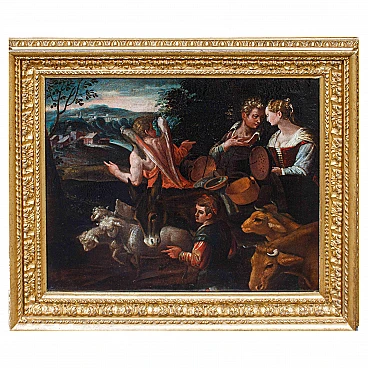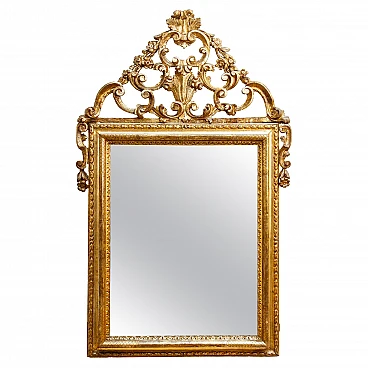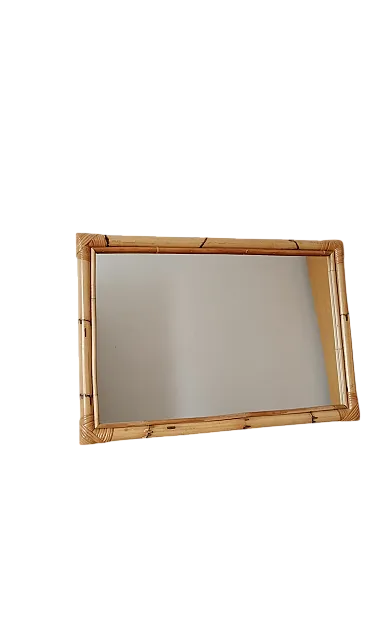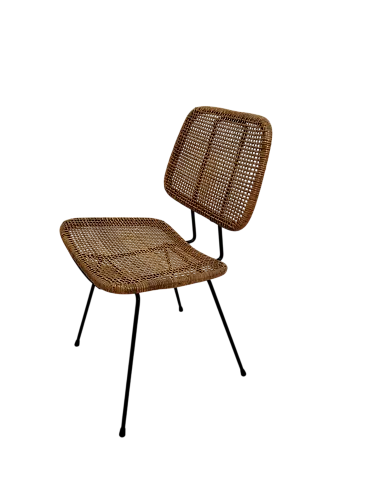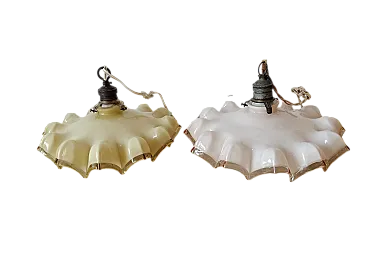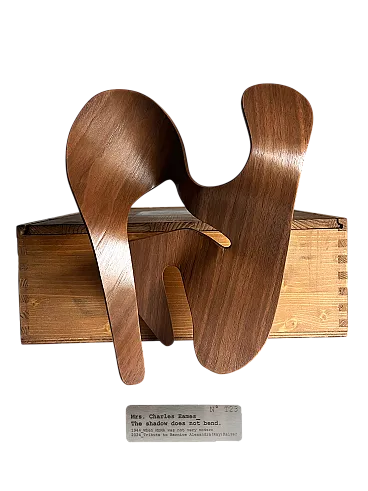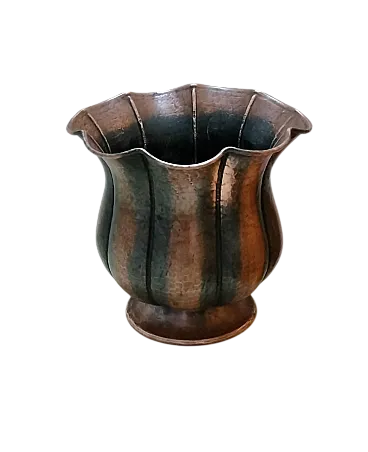Giuseppe Roncelli (Candia, 1663 - Bergamo, 1729), Rest during the Flight into Egypt, oil on canvas, 55 x 45.5 cm; with frame, 65 x 77 cm. The painting under examination, by Giuseppe Roncelli (Candia, 1663 - Bergamo, 1729), depicts the scene of the Flight into Egypt within a gentle landscape: in the foreground, a river flows slowly between tree-lined banks while some goats drink from it. On its bank, a shepherdess gives directions to the Holy Family on its way to Egypt; Mary and the Child are seated on the back of a donkey while Joseph follows. In the background, dominated by an intensely blue sky crossed by pink clouds, reliefs and architecture appear. The artist here plays with contrasts of light and colour 'dark in the foreground, light in the background' to represent twilight, in a language that seems to anticipate Romantic solutions. Giuseppe was born in Candia in 1661. His father, originally from Stezzano, had gone in search of better opportunities in Crete, but in 1669 the invasion of the Turks made him return to his homeland. Joseph was brought up by his uncle Bartolomeo, who made his nephew study first in the Misericordia schools and then in the seminary. It was here that his interest in the art of painting emerged, fuelled by frequenting the painter Antonio Cifrondi, defined by Mazzoleni as his first master (A. Mazzoleni, Vita de' servi di Dio G. R. e Giovanmaria Acerbis sacerdoti bergamaschi, Milan 1767, pp. 5-9, 32;). Giuseppe then continued his studies, reaching the priesthood, and with the help of the Counts Moroni he put on the clerical habit and went to Milan to the Jesuits, where he obtained a degree in theology; in 1682 he was ordained a sub-deacon in Bergamo and the following year he obtained the diaconate. Despite his ordination, he devoted his entire life to art, worldliness and pageantry, frequenting not only the nobility of Bergamo, but also those of Padua and Venice. Various commissions took him first to Verona, where he frescoed a room in the mansion of the Counts Turchi, now lost, and then he stayed in Brescia for a long time, staying in the Luzzago house, where he produced many paintings. Here he came into contact with the art of Pieter Mulier, known as Cavalier Tempesta; this encounter influenced Roncelli's painting, especially with regard to the search for the effect of changing atmospheric phenomena and his preference for bucolic and classical landscapes. After a probable move to Rome and a trip to Germany, Roncelli was still in Venice, and in 1710 after another short stay in Brescia he returned to Stezzano to his now elderly uncle. Here, as the sources attest, he produced a number of works for the Counts Moroni of Stezzano and in Bergamo for the Beltramelli family, for the Carrara family near S. Maria, for the Carrara family in Rocca and for the Quarenghi family in Borgo Canale (however, the testimonies have not allowed these works to be identified). He then moved to Bergamo, as spiritual director of the seminary; during this phase, his pastoral and ecclesiastical commitments took him away from painting, to which he could rarely dedicate himself. He remained in Bergamo until his death, which took him on 20 March 1729. There are no known signed works by Roncelli and their dating is even more complex to provide useful clues in reconstructing the artist's pictorial evolution. The only testimony is that left by Francesco Maria Tassi in 1793 ( F.M. Tassi, Vite de' pittori, scultori e architetti bergamaschi, Bergamo 1793) who distinguishes his production in two ways of painting: the first characterised by soft and harmonious tones taken from Flemish taste, and a second more lively one, characterised by bold tones tending towards yellows and oranges. His works are often occupied by characters almost always of a sacred character, usually placed in the background to make room for the landscape, the true protagonist of his canvases. Among the works that have come down to us today, in addition to the many belonging to private collections, are the nine canvases in the Sanctuary of the Madonna dei Campi in Stezzano, probably made free of charge to decorate its walls; two landscapes visible to the public are conserved in the Diocesan Museum of Bergamo and represent Tobiolo and the Archangel Raphael and The Calling of the Sons of Zebedee: works characterised by golden skies in the hues of dusk; the Immaculate Madonna and 'angel comforting s. Francis in the parish church of Stezzano. This work can be correlated with the five canvases in the nave of the Sanctuary of the Madonna dei Campi, characterised by strong colour contrasts that see sunsets of intense yellows juxtaposed with soft pearly clouds in turquoise skies, according to the mature painting phase well described by Tassi.
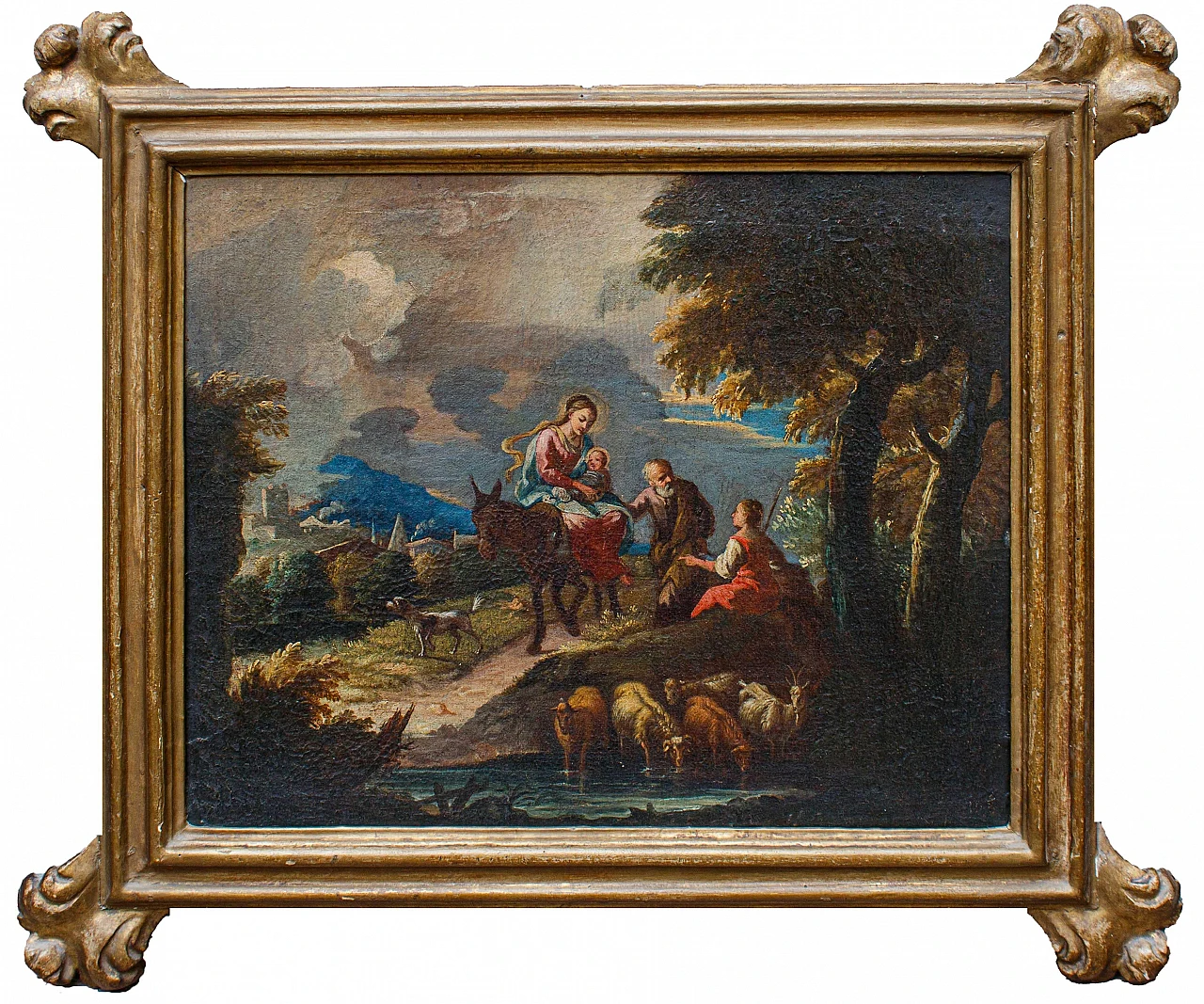
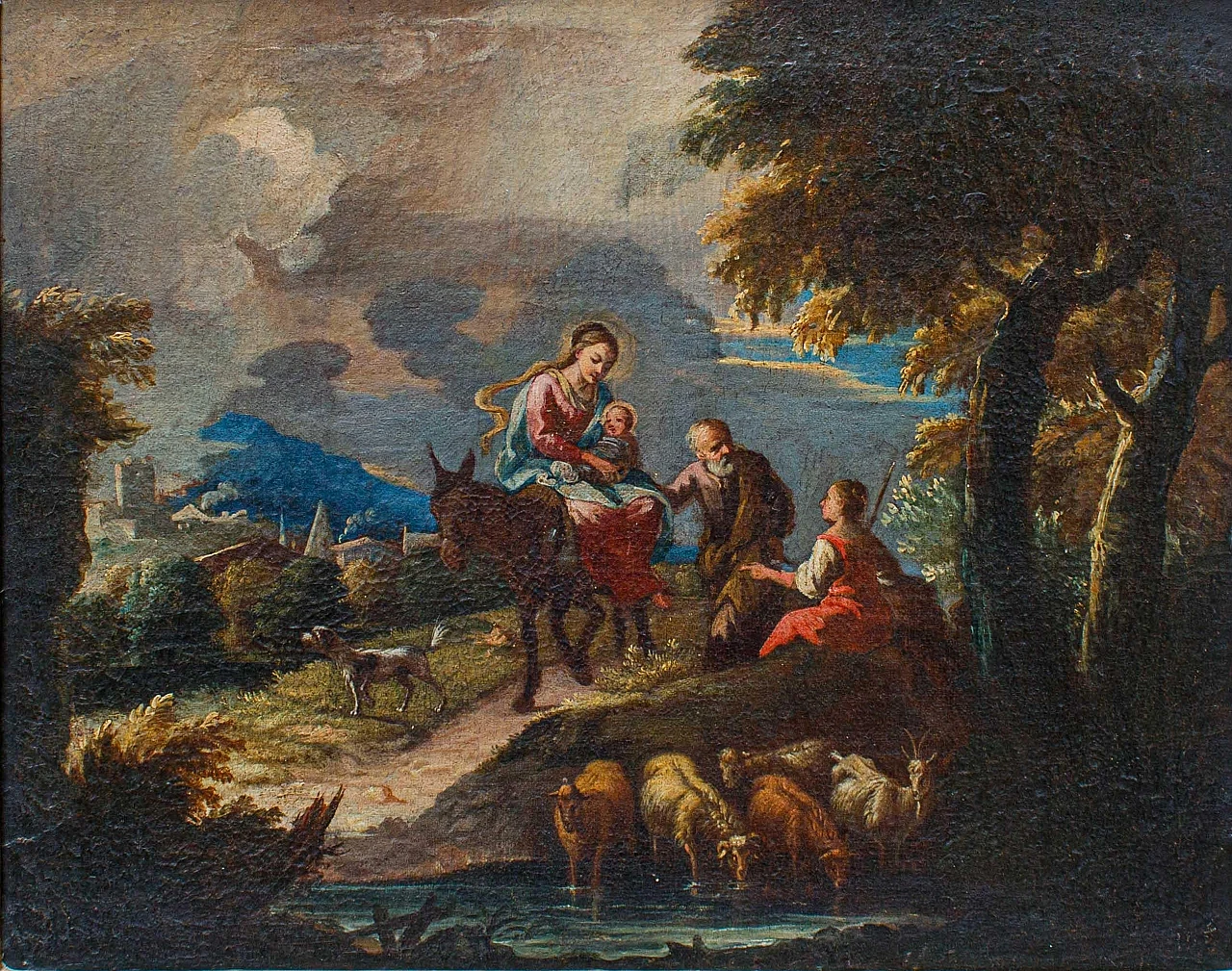
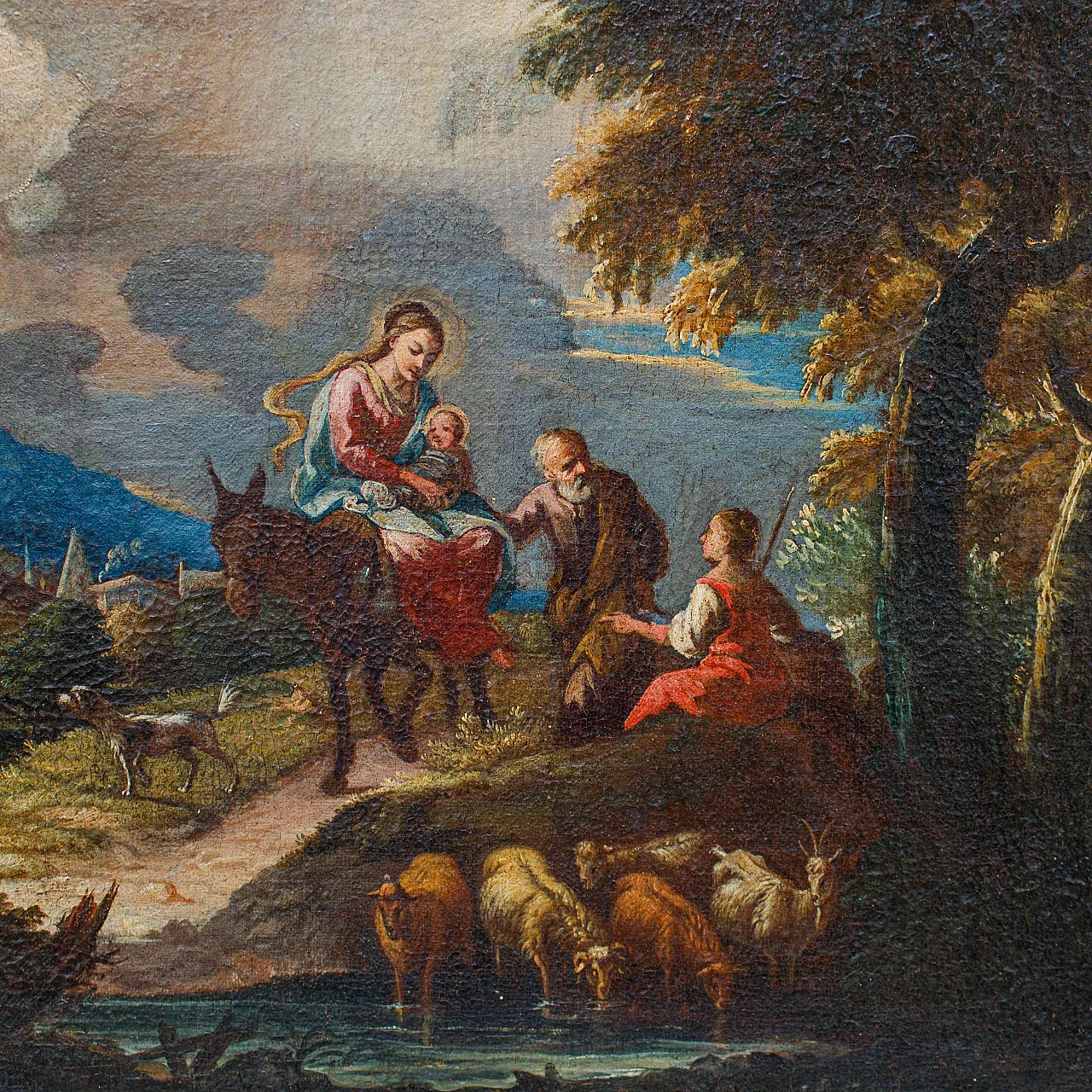
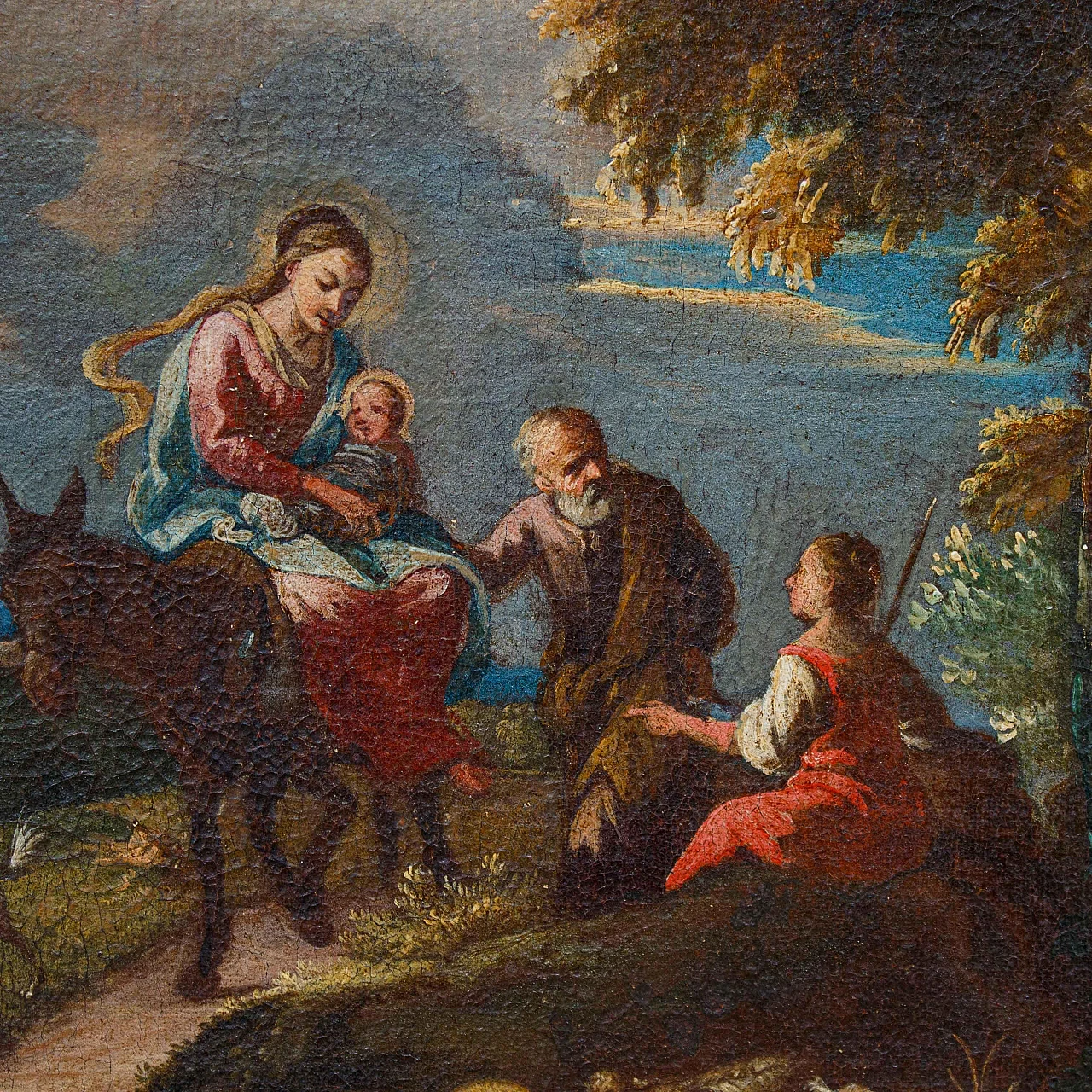
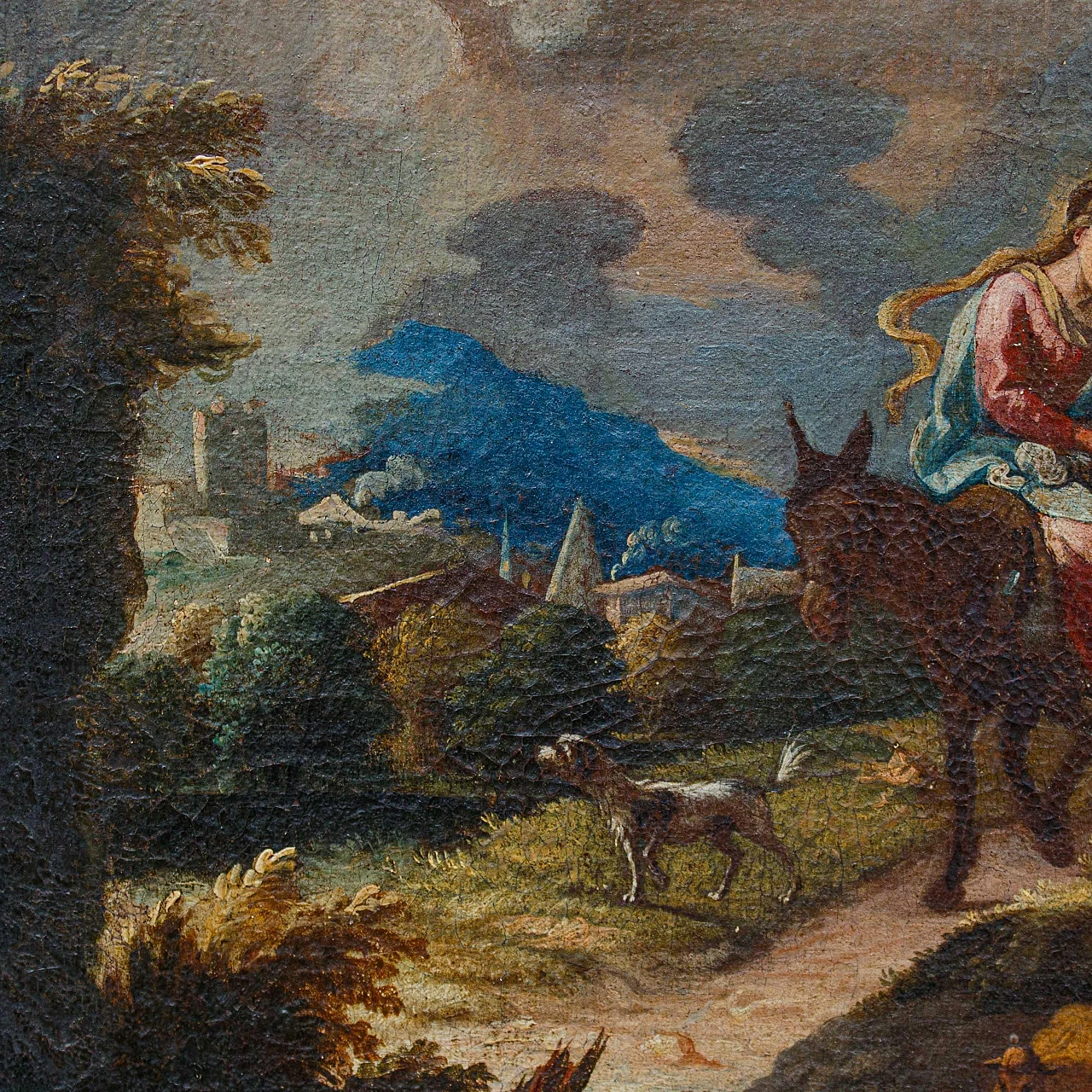
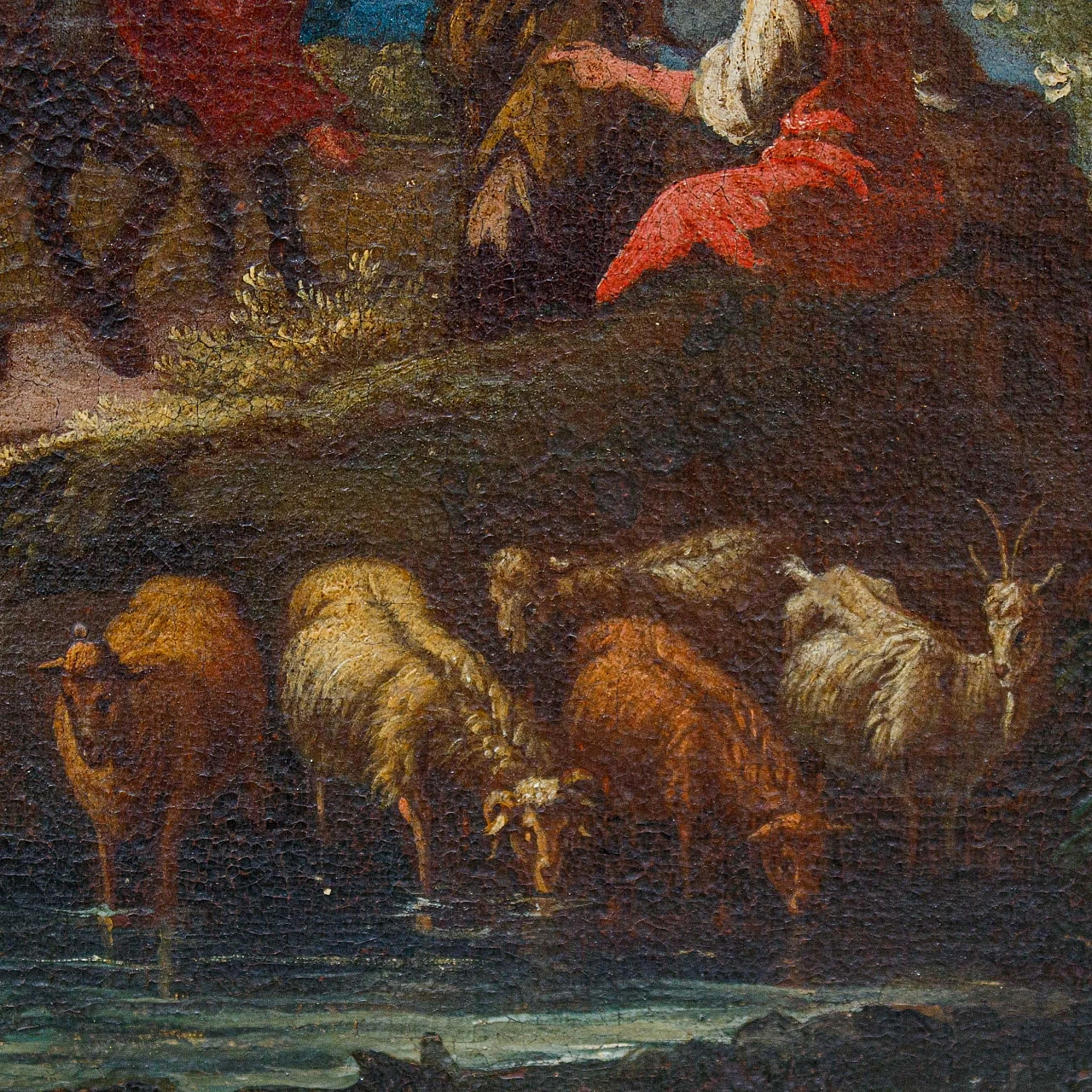
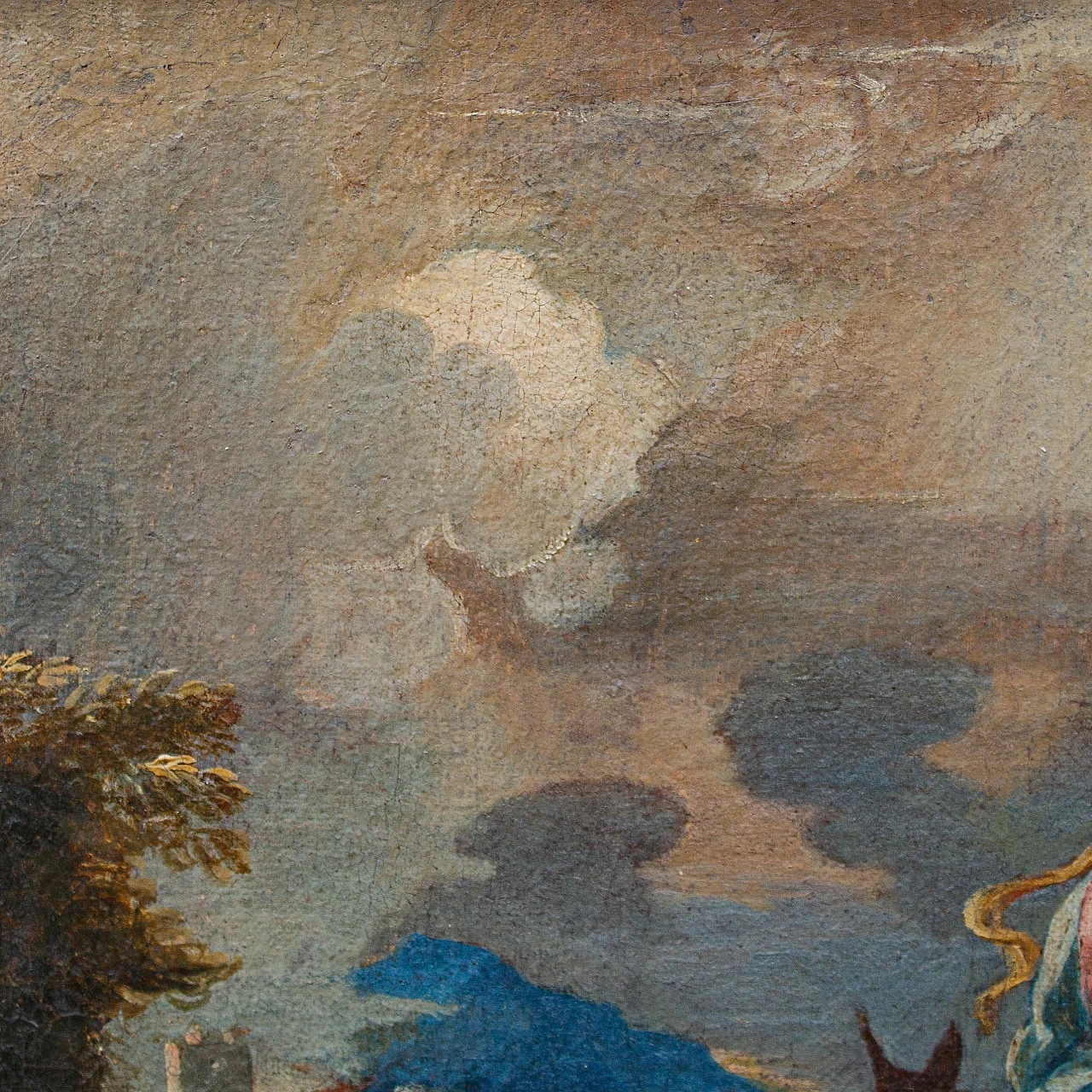
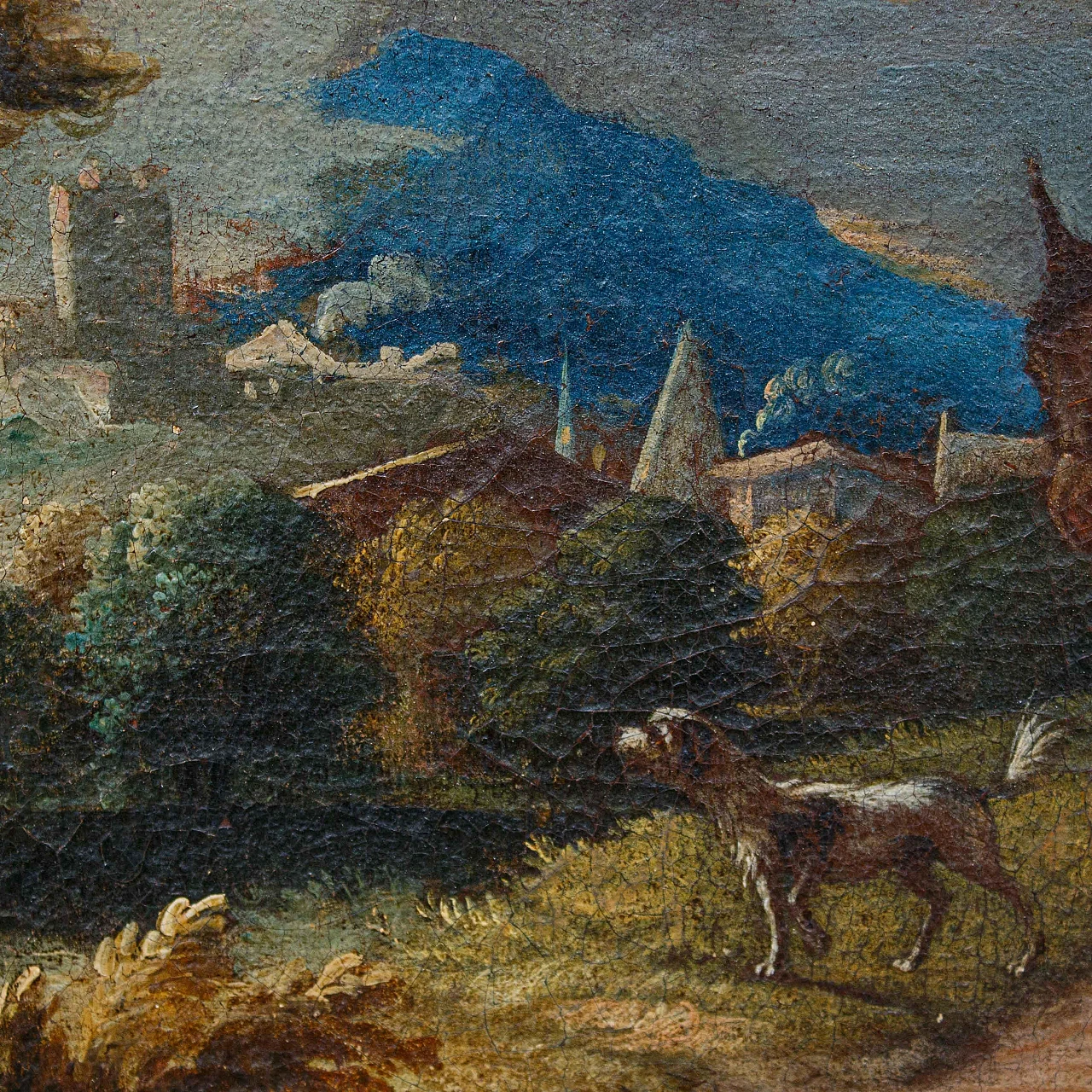
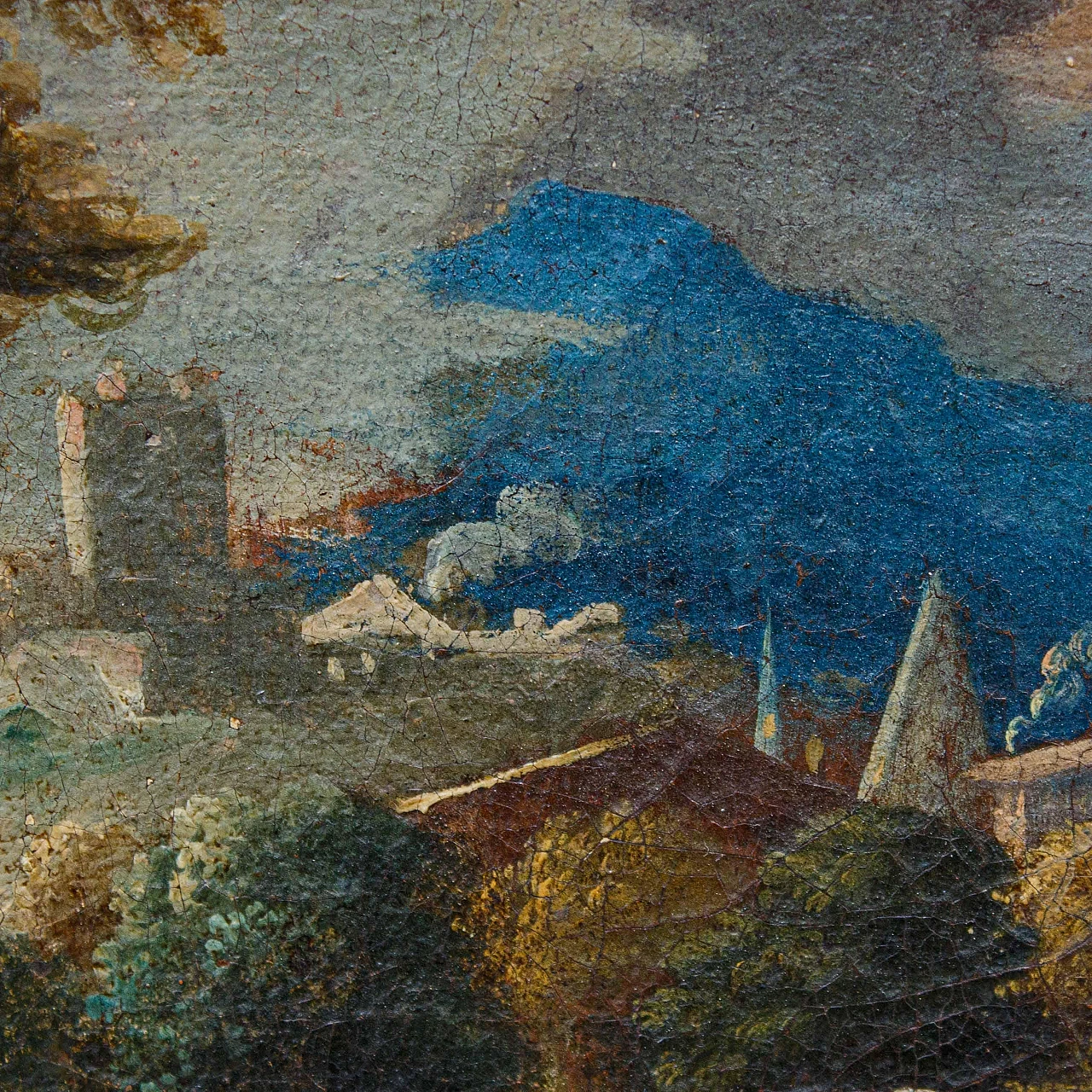
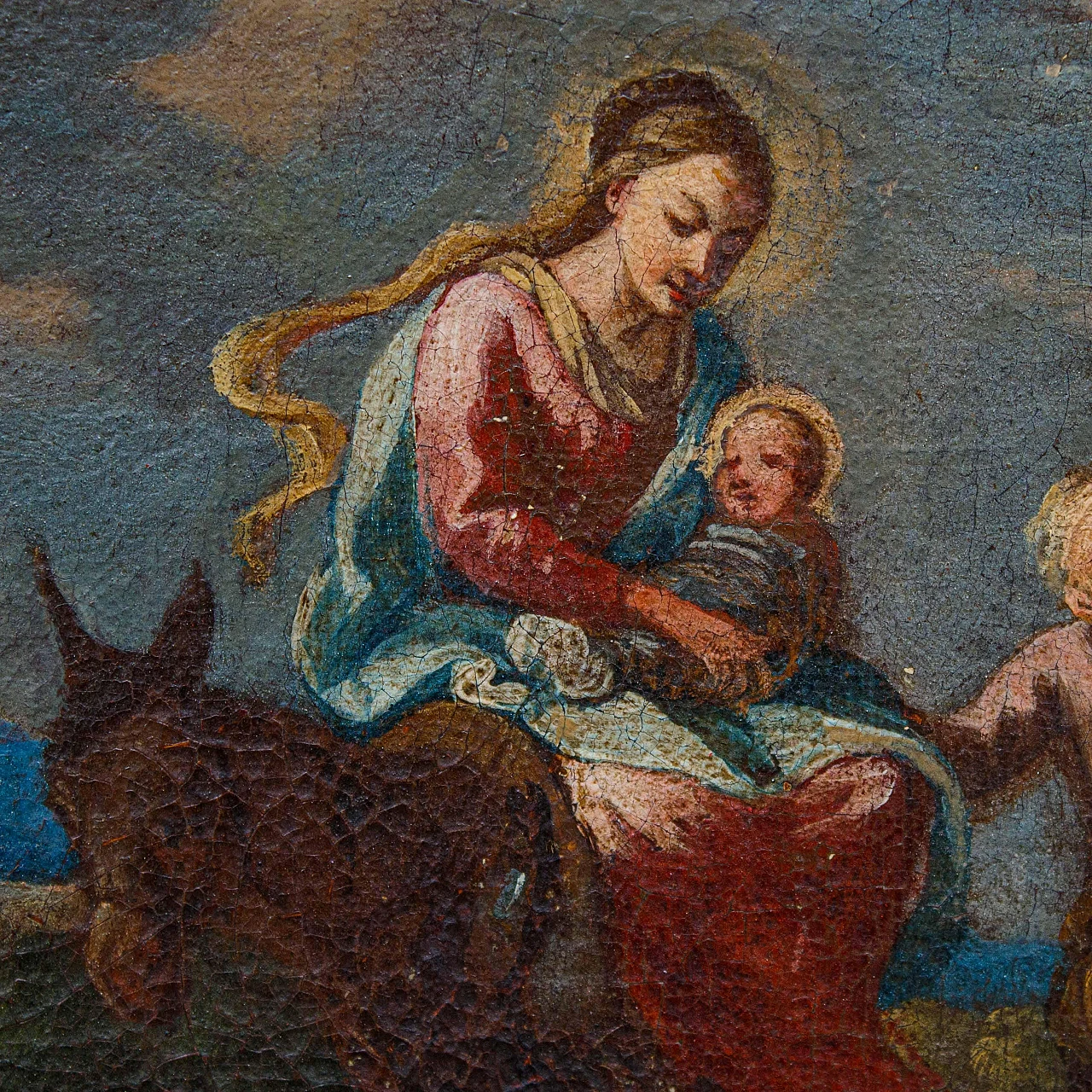
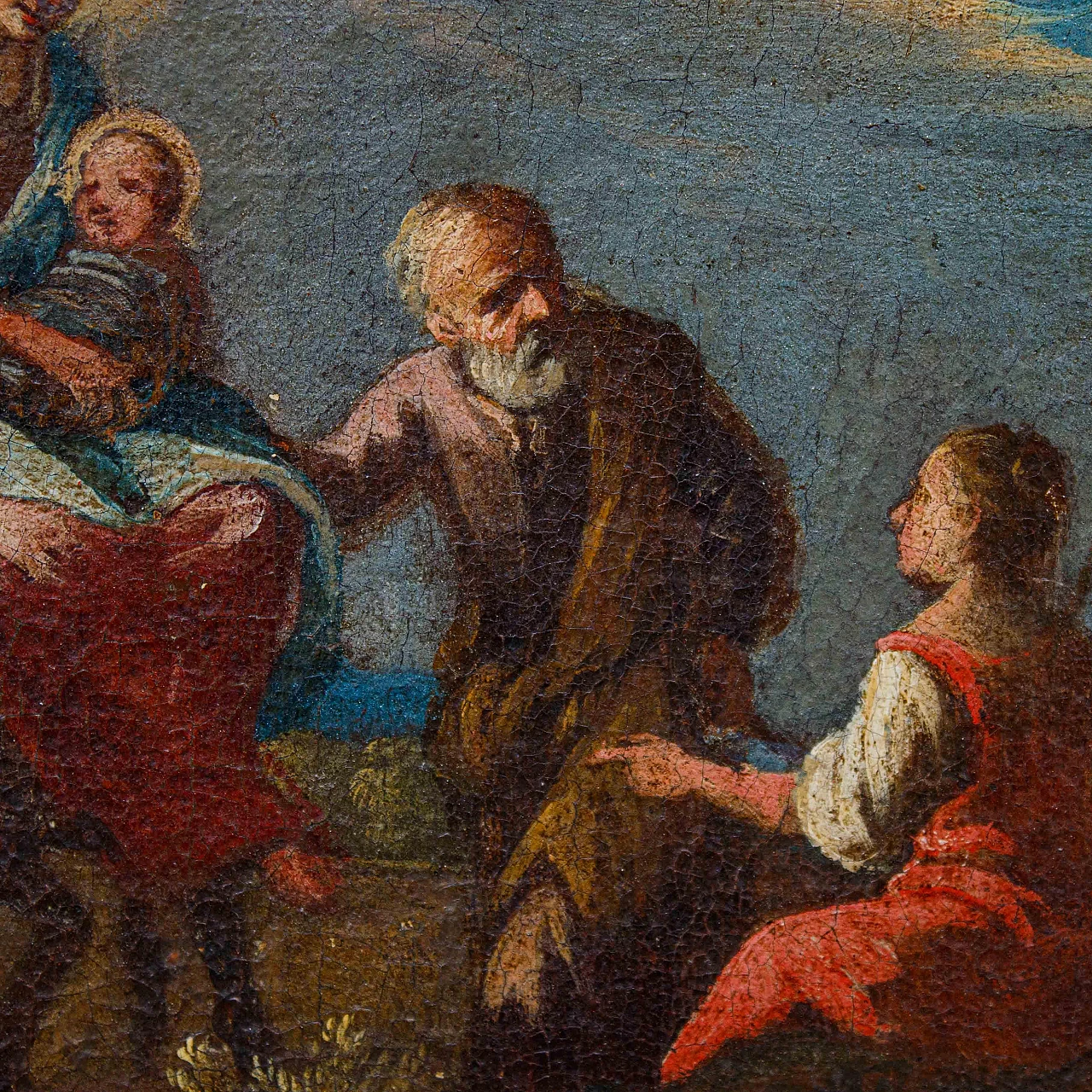
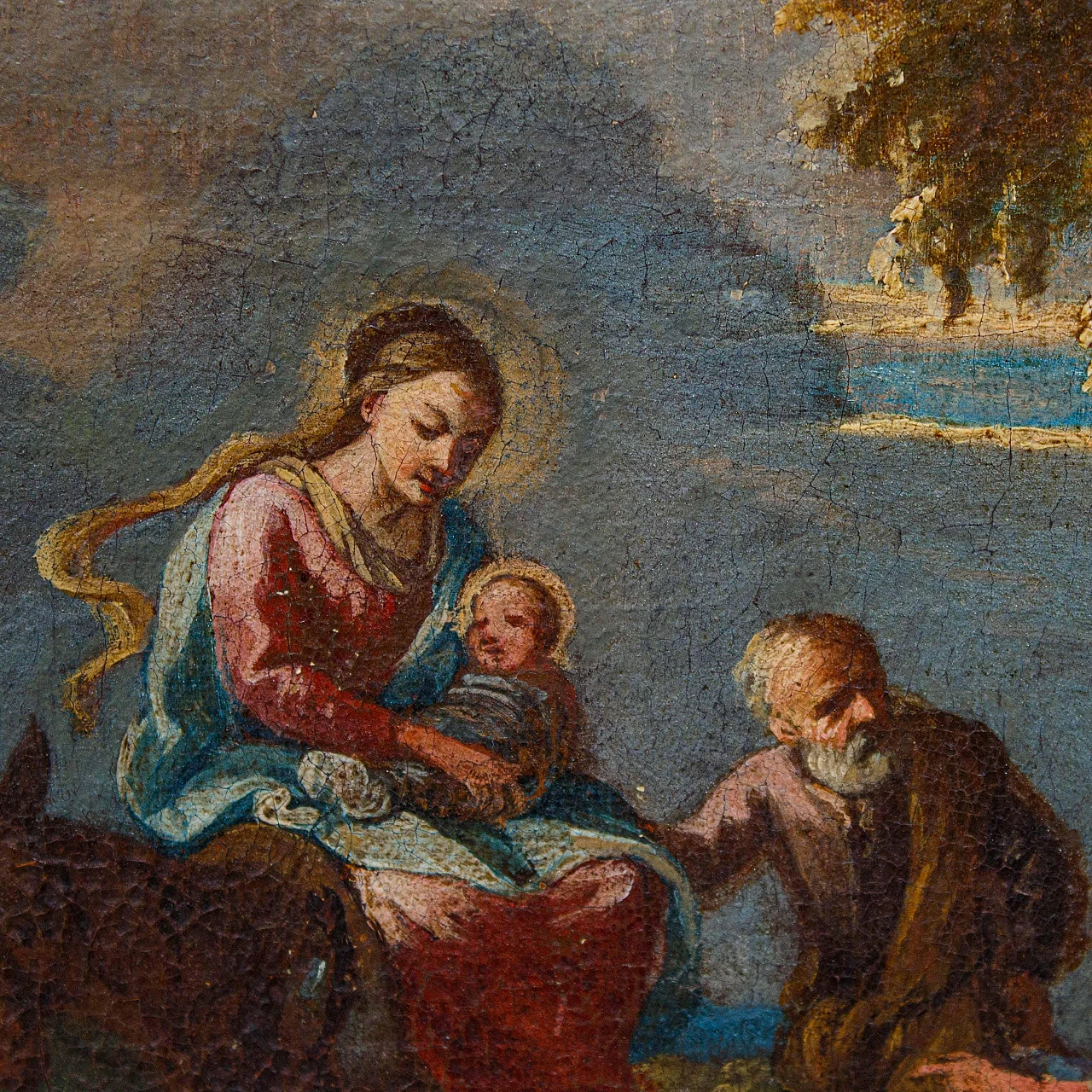
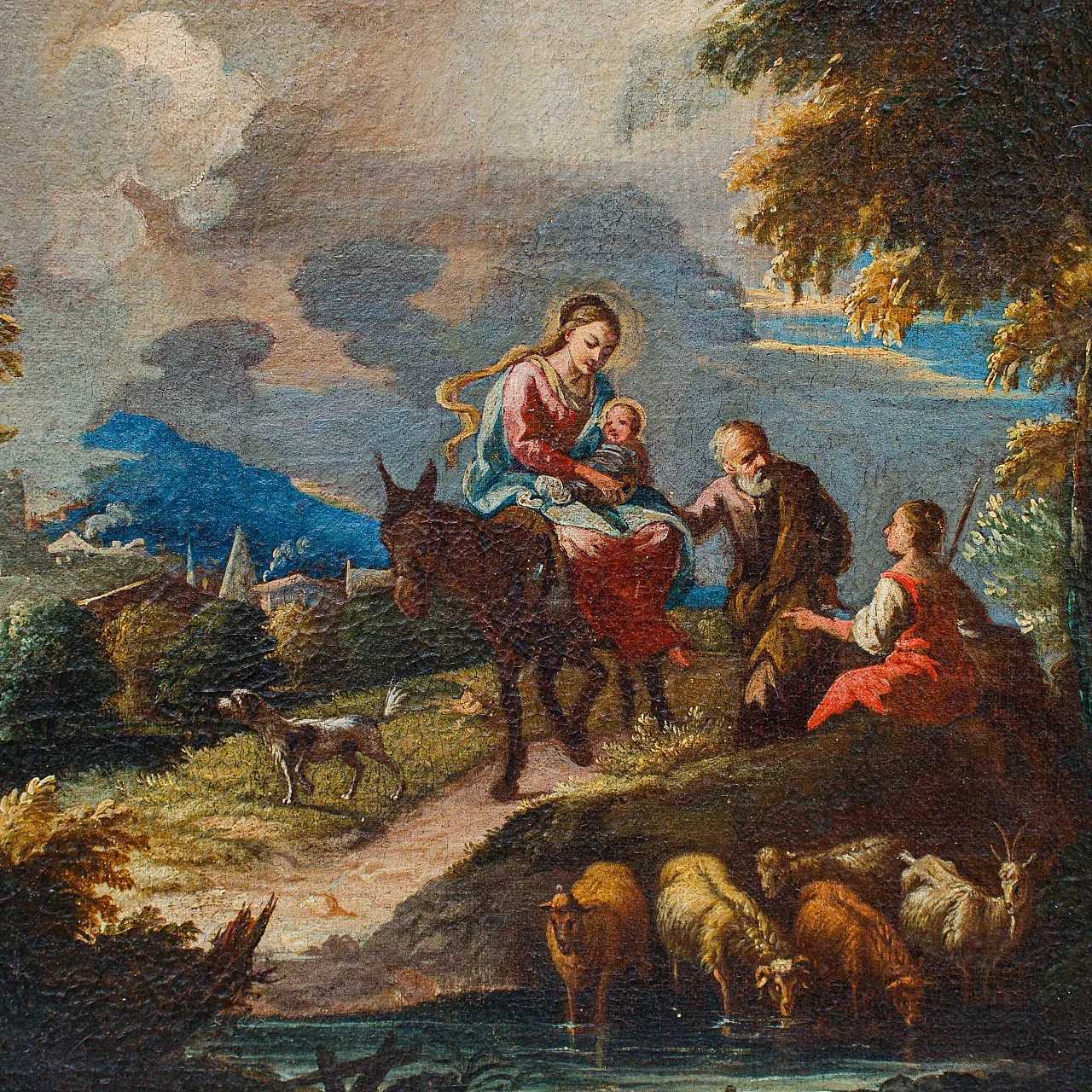
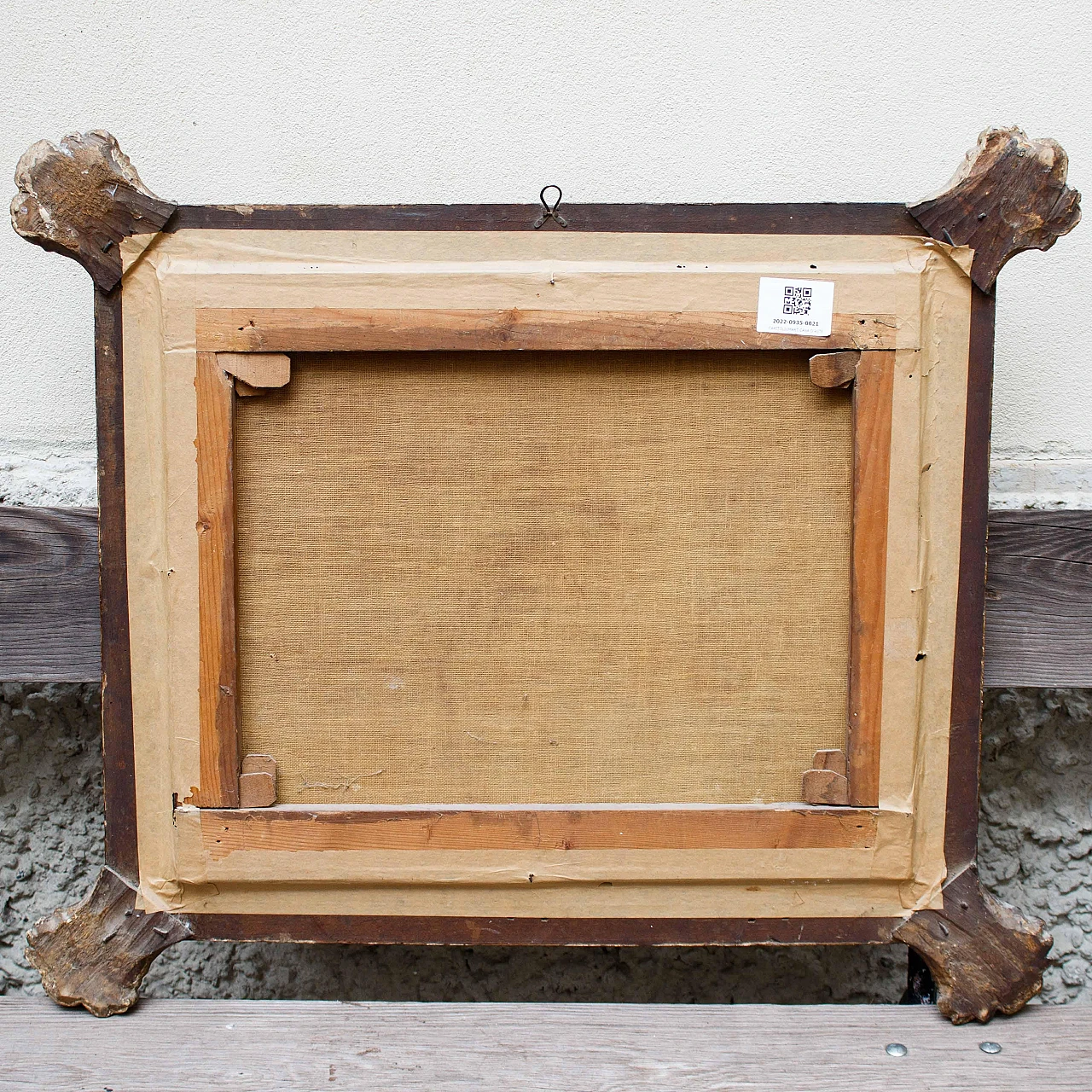
 SILVER Seller in Milano, Italia
SILVER Seller in Milano, Italia






.png)





